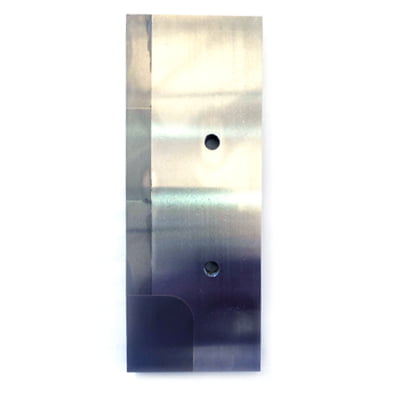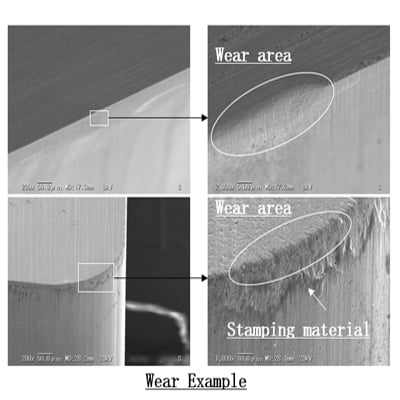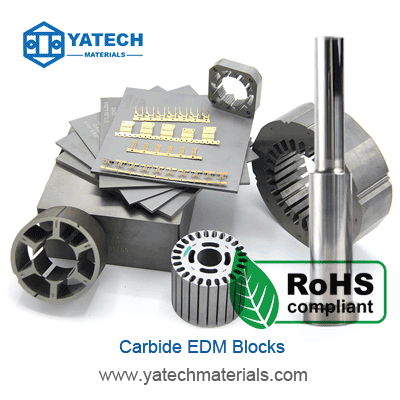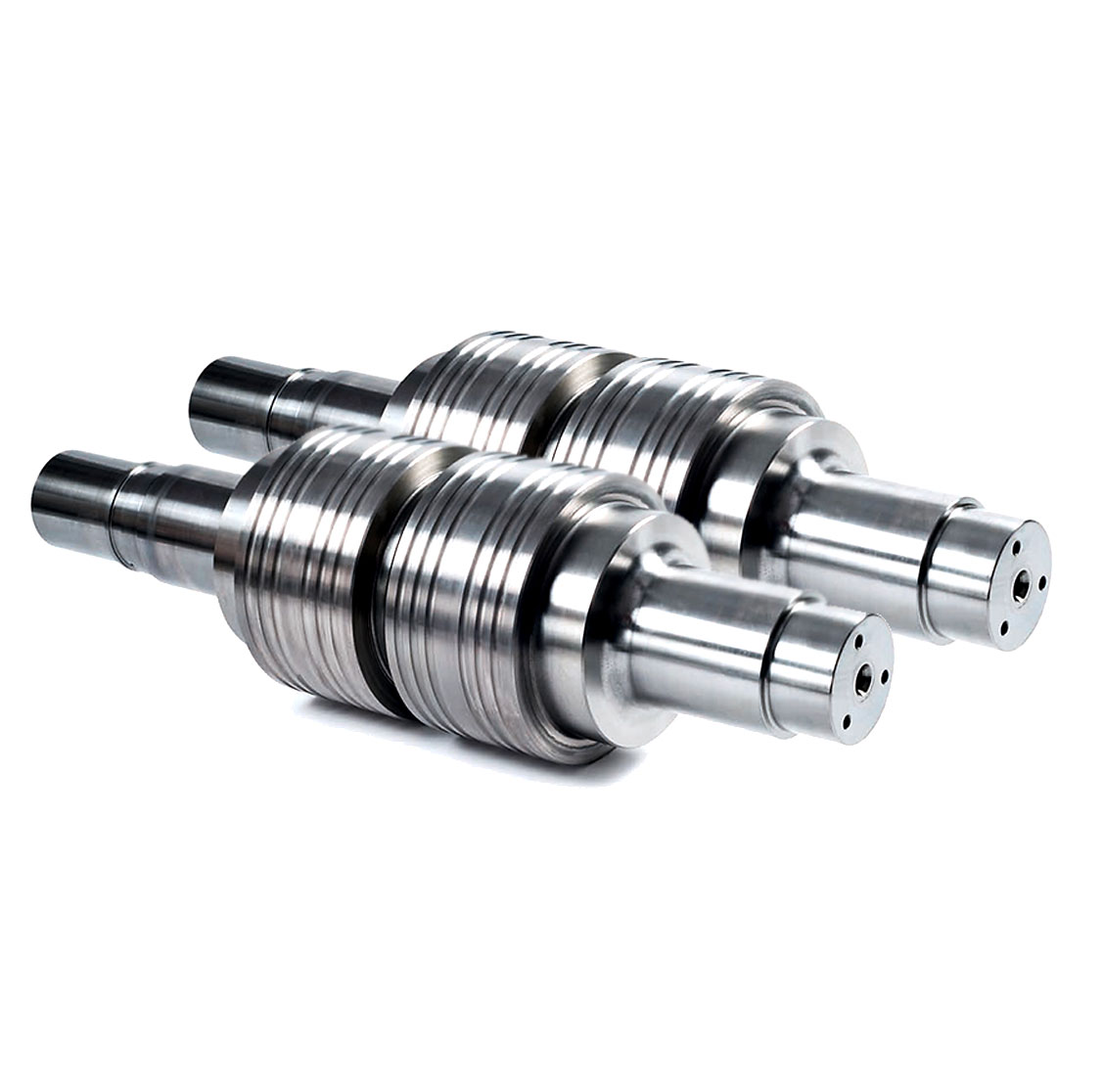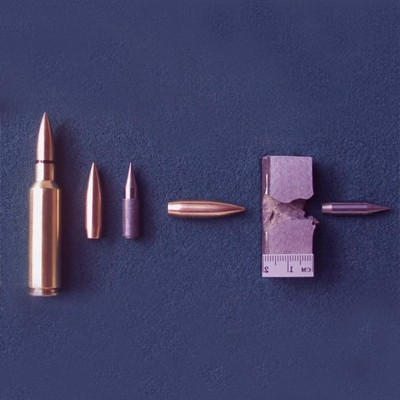
Why do high penetration rifle (non-tank armor piercing ammunition) armor piercing bullets generally use tungsten carbide as the core?
For example, the M995 M993 XM1158 7N24 FFV is basically tungsten carbide over copper.
Is there any other material that can achieve similar effect?
Or is WC (tungsten carbide) the way to go?
There are two types of tungsten alloys used in armor-piercing combat arms.
1. WC, also known as tungsten carbide
In addition to the main component tungsten carbide also contains cobalt, nickel and other alloying elements. The highest hardness HRA95, density 15.0g/cm³, very high hardness, but also very brittle, but also because of this can only be used to create a small aspect ratio of armor-piercing combat parts.
Small-caliber projectiles use tungsten carbide cores, mainly to save the use of tungsten materials and reduce costs.
2. Tungsten Heavy Alloy (WHA) is also called Tungsten Heavy Alloy
Tungsten alloy is not common, tungsten content of more than 90% density close to 18g/cm³, hardness and ordinary steel and ductility can be forged and processed like steel, but also and steel as high stiffness and certain toughness. It is suitable for the production of slender tail-stabilized armor-piercing ammunition cores.
High muzzle velocity, long direct fire distance, high accuracy, strong penetration ability and good aftereffects, mainly used against tanks, armored vehicles, self-propelled artillery, ships and aircraft, etc., can also be used to destroy strong fortifications. It is widely used in anti-tank guns, tank guns, aerial guns, anti-aircraft guns, naval guns and shore guns, and is the main ammunition for anti-tank guns and tank guns.


